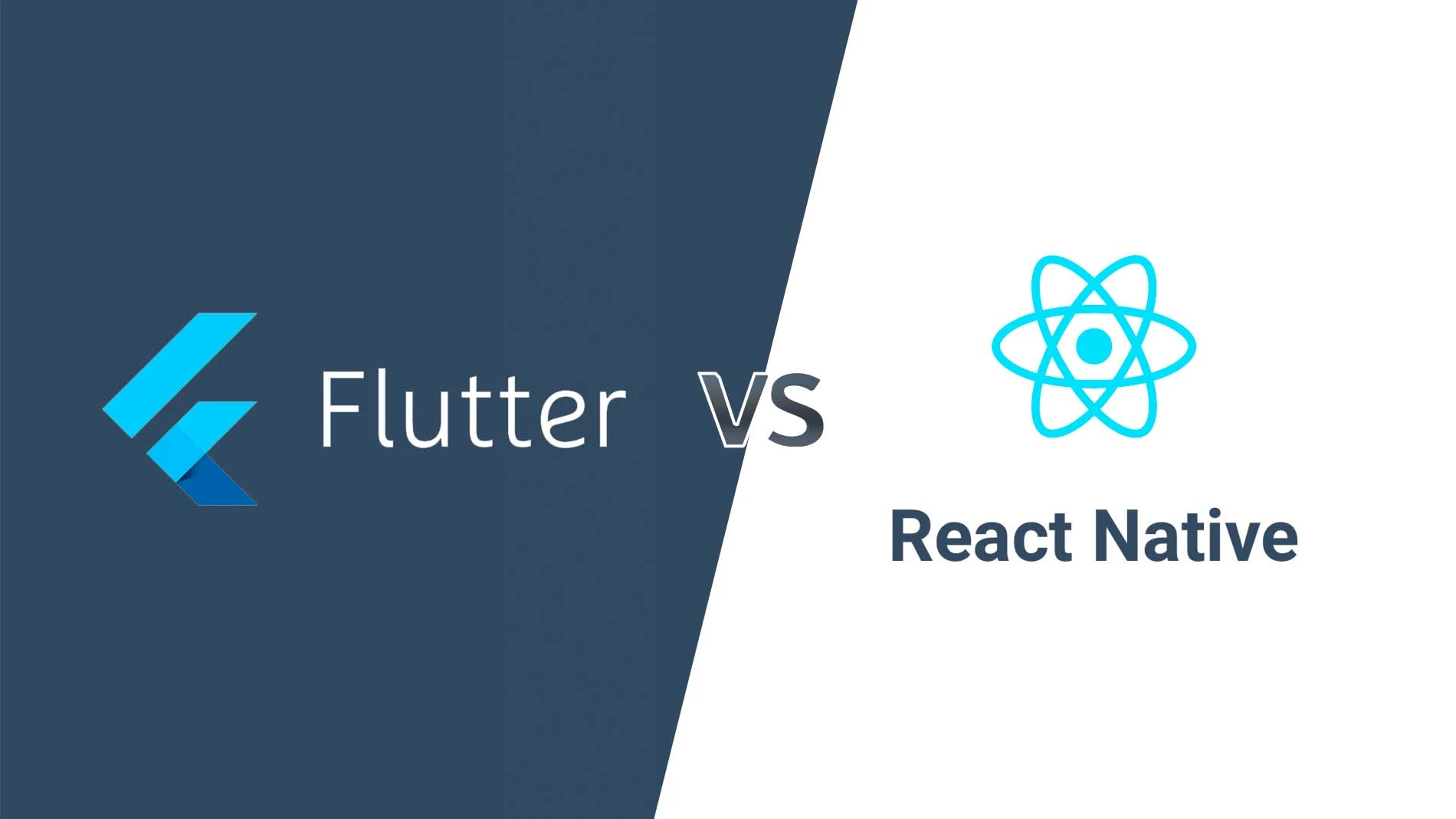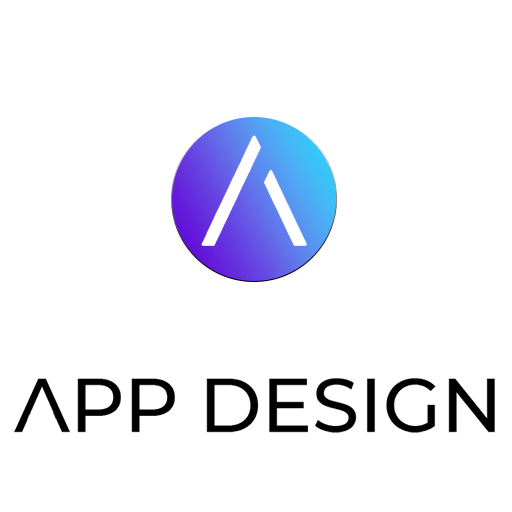
Cross-platform mobile application development has become increasingly popular in recent years due to its efficiency and cost-effectiveness. Instead of having to develop separate applications for each mobile platform, such as iOS and Android, developers can use frameworks like Flutter and professional React Native to create applications that work on multiple platforms.
In this article, we will discuss the features and advantages of Flutter and React Native, and compare the two frameworks to help you decide which is the best choice for your cross-platform mobile app development project.
Flutter
Flutter is an open source framework developed by Google in 2017. It is known for its high rendering speed and its ability to create attractive and customizable user interfaces. Flutter uses the Dart programming language and has its own set of custom widgets that can be used to create user interfaces quickly and easily.
Advantages of Flutter:
- Fast rendering speed: One of the biggest advantages of Flutter is its high rendering speed. Flutter uses its own rendering engine that is capable of rendering at a speed of 60 fps (frames per second). This means that applications developed with Flutter are very fluid and responsive.
- Customizable user interfaces: Flutter has its own set of custom widgets that can be used to create customizable user interfaces. This means that developers can create unique and attractive user interfaces that perfectly suit their needs.
- Growing community: Flutter is a relatively new framework, but its community is growing rapidly. This means that there is a wealth of resources and documentation available for developers looking for help or inspiration.
- Faster learning curve: Compared to other frameworks, Flutter has a faster learning curve due to its simple and easy to understand syntax. Developers can start creating applications with Flutter after a short learning period.
- Native code: Flutter generates native code for iOS and Android, which means that apps developed with Flutter run at the same speed as native apps.
Disadvantages of Flutter:
- Large file size: Applications developed with Flutter tend to have a larger file size than native applications. This can be a problem if the application needs to be downloaded over a mobile data connection.
- Incompatibility with some third-party packages: Although Flutter is compatible with a large number of packages and libraries, there may be some that are not supported. This can be a problem if the application depends on a specific package.
React Native
React Native is an open source framework developed by Facebook in 2015. It uses JavaScript and is compatible with a wide range of JavaScript libraries and frameworks. React Native is an excellent choice for those already familiar with web technology, as its syntax and structure are similar to those of React, the popular JavaScript framework.
Advantages of React Native:
- Support for a wide range of JavaScript libraries and frameworks: React Native supports a wide range of JavaScript libraries and frameworks, which means developers can leverage the tools and resources they already know and use.
- Easy transition for web developers: Because it uses JavaScript, React Native is an excellent choice for those already familiar with web technology. Web developers can transition to building mobile apps with React Native with relative ease.
- Large and active community: React Native has a large and active community of developers who share resources and provide support. This means that developers can easily find help and resources when they need them.
- Frequent updates: Facebook, the company behind React Native, updates the framework regularly. This means that developers can be sure that the framework is constantly being improved and updated.
- Performance comparable to native apps: React Native generates native code for iOS and Android, which means that apps developed with React Native have performance comparable to native apps.
Disadvantages of React Native:
- Longer learning curve: Compared to Flutter, React Native can have a longer learning curve due to its more complex syntax and structure.
- Compatibility issues: Although React Native is compatible with a wide range of JavaScript libraries and frameworks, there may be some compatibility issues with specific packages.
- Performance issues: Although the performance of apps developed with React Native is comparable to native apps, there may be some performance issues if the app has a large number of views or screens.
Conclusion:
In summary, both Flutter and React Native are excellent choices for cross-platform mobile app development. Both frameworks have unique features and advantages that make them suitable for different types of projects and situations.
If you're looking for a faster learning curve, highly customizable user interfaces and a growing community, Flutter may be the best choice for you. On the other hand, if you are already familiar with web technology and are looking for broad support for JavaScript libraries and frameworks, React Native may be the best choice.
Ultimately, the choice between Flutter and React Native will depend on the specific project and the skills and preferences of the development team. Both are excellent choices and can provide an efficient and effective development experience for cross-platform mobile applications.

